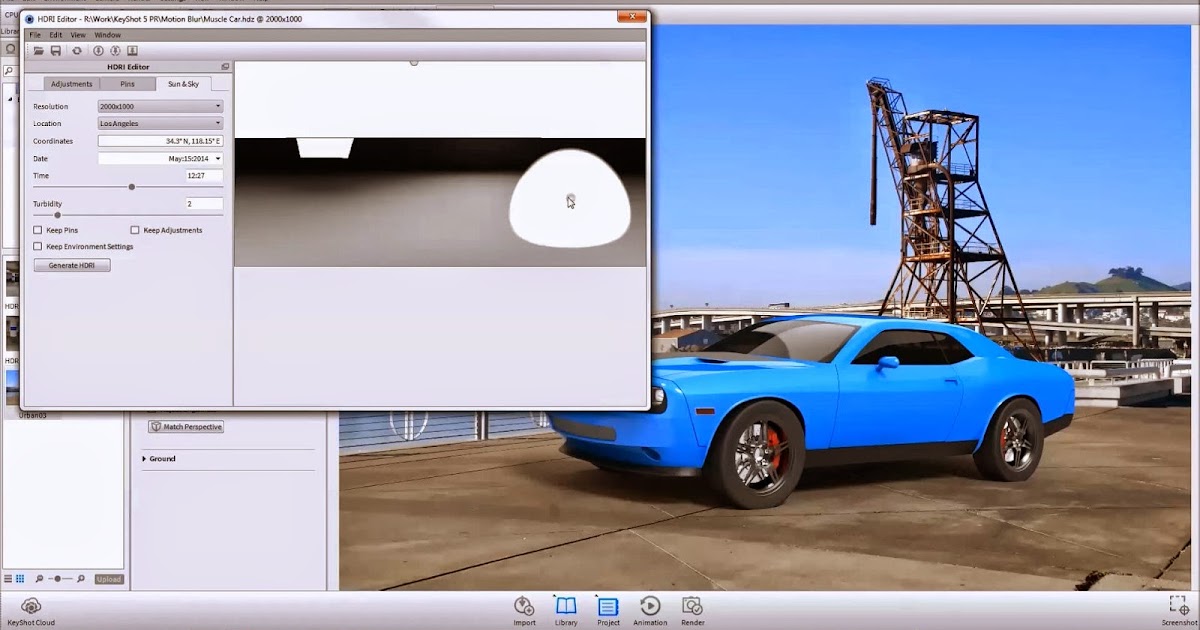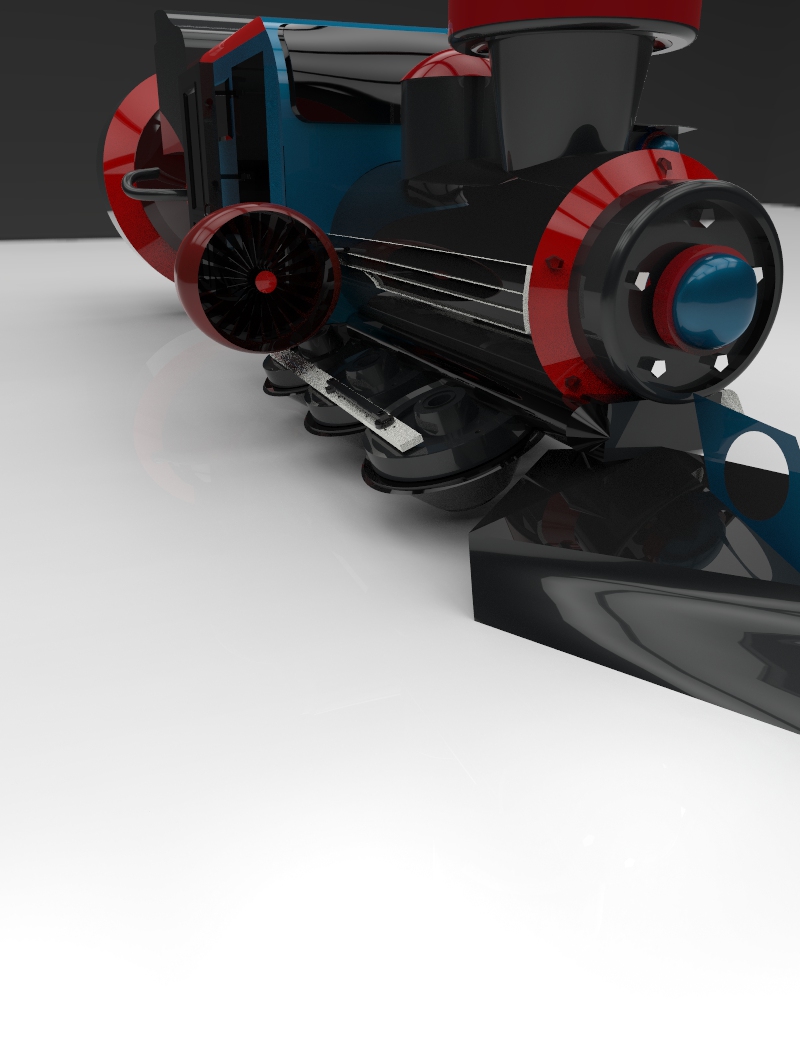


There, up to this point you have a standard, circular bokeh, a highly flexible method in KeyShot to create bokeh of different shapes and sizes using KeyShot’s default geometry but what if you want bokeh with custom shapes? This requires the use of a bokeh filter.

While you do this, you may adjust each sphere’s scale, or the light’s intensity and color to both add some variety to the scene and give the scene more depth. Duplicate LightsĪt this point, duplicate the same sphere and position them as desired. Once you’re happy with the effect the depth of field is creating, it’s now time to put your creativity to work. If you find that there isn’t enough focus differentiation between your subject and the background light, simply move your lit geometry further away from the subject in the foreground. Next, go to the Project window, Camera tab and enable Depth of Field to both dial in how much f-stop, Focus Distance, and determine if the position of the sphere needs adjusted. In the example, we’re using a warm emissive light since most we want a warmer tone. Then, position the sphere behind the model in the scene but still visible and apply an Emissive light material to it. Now, to make a simple, circular bokeh effect, first add a sphere by selecting Edit, Add Geometry, Sphere. However, if you need a daytime or brightly lit scene, a bokeh effect is still achieved with the same process. At this point, choosing a darker environment may best highlight the Bokeh effect you create.

Now, to get started, place your model in the foreground of your scene and light it accordingly. This can be achieved in KeyShot using simple light sources and DOF. This is typically a circular or polygonal shape, depending on the number of blades in the aperture’s diaphragm. Standard bokeh is the blurred shape of background light sources made by the shape of the aperture.
KEYSHOT 5 TUTORIAL PDF SOFTWARE
It’s always inspiring to see how KeyShot pros are using the software for a wide array of creative applications. Let’s take a look at how it’s done.īefore we jump in, we would like to give a big shout out to 4KD who shared this process and the results on the KeyShot forum. And, since KeyShot functions much like a real camera, recreating a standard or custom Bokeh effect in KeyShot is incredibly easy. While, traditionally, bokeh appears as a round or hexagonal shape, there are ways to create custom bokeh in any shape you desire. It is here that the shape of the lens (and the number of blades in its diaphragm) determines how these background elements appear. A smaller f-stop causes the foreground subject to appear sharp and visible while the background lights, reflections, and highlights appear out of focus. Generally, Depth of Field (DOF) is noticeable in portrait or product photography where the subject of the photograph is separated from its background using a low/smaller f-stop, a setting which factors in your focal length and the size of the aperture opening that allows light in. If you’re at all familiar with photography, own a camera, or have spent a little too much time browsing photographs, you have undoubtedly come across examples of photos using a dramatic background blur effect that photographers refer to as Bokeh.
KEYSHOT 5 TUTORIAL PDF HOW TO
We’ll demonstrate how to set up a standard bokeh appearance, then use this to show how to create custom bokeh appearances using bokeh filters in KeyShot. Today we’ll be looking at KeyShot’s Depth of Field setting and the background blur effect called bokeh.


 0 kommentar(er)
0 kommentar(er)
